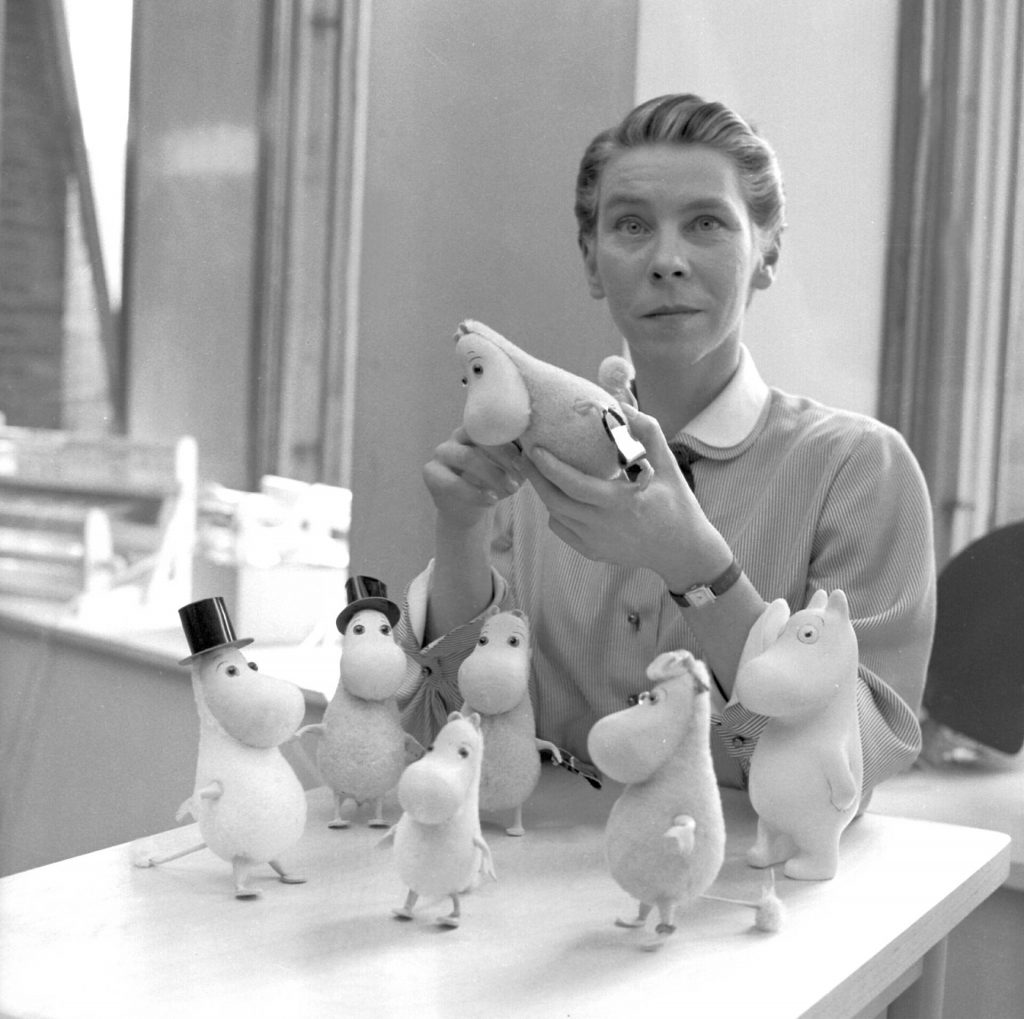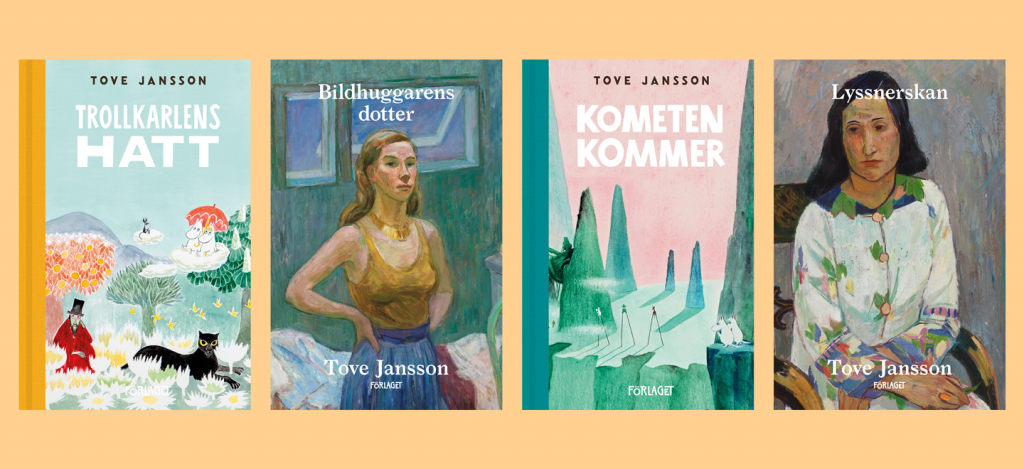Laura Knight in 5 Paintings: Capturing the Quotidian
An official war artist and the first woman to be made a dame of the British Empire, Laura Knight reached the top of her profession with her...
Natalia Iacobelli 2 January 2025
Best known for the Moomins from her series of novels, comic strips, and short stories, Tove Jansson was an illustrator, painter, and writer. Born in the northern nature-surrounded city of Helsinki, she led a fascinating life full of creativity. Her thoughtful personality can be seen throughout her artworks which continue to charm new generations.
Tove Jansson, the multi-faceted Finnish artist, was born in the summer of 1914 in Helsinki, then part of the Russian Empire. Raised in a creative environment (her mother was an illustrator and graphic designer and her father was a sculptor) she was encouraged to be an artist from an early age. Trained in fine arts in Stockholm, Helsinki, and Paris, she led a successful and prolific career in illustration, painting, and writing.

Tove Jansson, Self-portrait, 1942, Ateneum Art Museum, Helsinki, Finland. Photo: Finnish National Gallery / Yehia Eweis.
Jansson’s most famous and beloved creation, the Moomin series, came out during the 1940s as an escape from the terrors of WWII. It incorporated all the themes she explored throughout her life, such as home, family, care, and freedom.
Another important aspect of her work is the presence of nature. Jansson grew up close to birch forests and stone beaches and spent many summers of adulthood on the isolated island of Klovharun together with her partner, artist Tuulikki Pietilä. Nature is therefore felt both as background for the stories and illustrations as well as more subjectively in how the characters behave.

Reino Loppinen, Tove Jansson with Moomin figurines, 1956. Wikimedia Commons (public domain).
The Moomins are undoubtedly the most well-known of Tove Jansson’s creations. These warm stories of a troll family, illustrated in simple ink, and their adventures in the Moomin Valley have been an essential part of the Finnish culture since the 1940s. The Moomins and the Great Flood inaugurated the saga in 1945 and the last book of the series was released in 1970. During this period the stories reached a massive audience and were translated into more than 60 languages.
In addition to the books, The Moomins was published as a comic strip in the London newspaper The Evening News for almost 30 years. Today a complete collection of these witty and wise strips is reunited in a beautiful book, also published in various languages.
Because of its huge success, The Moomins became an animated series, a play, a musical, and toys. There is even a Moomin amusement park in Finland!
Her passion for fine arts kept Jansson painting, drawing, and sketching her whole life. She received many commissions for paintings and murals and a significant number of her works are part of the Helsinki Art Museum collection and the Finnish National Gallery.
Portraits of family and friends, landscapes, and self-portraits depicted with attention to light and color are the main characteristics of her works.
Besides writing children’s fantasy tales, Jansson dedicated her time to adult fiction, publishing five novels and collections of short stories. Her writing deepens the themes of family life, freedom, and home, and has a more philosophical and contemplative view of her experiences. The Summer Book (1974), is considered a classic of Finnish and Swedish literature. In a clear and minimalist way, it tells the story of a grandmother and her granddaughter spending the summer on an island, sharing reflections about love, solitude, and happiness.

Tove Jansson’s selection of adult fiction books. Forlaget.
In 2020, the artist’s life became a movie, Tove, directed by Zaida Bergroth and follows her career, The Moomin’s creation, and her relationships.
DailyArt Magazine needs your support. Every contribution, however big or small, is very valuable for our future. Thanks to it, we will be able to sustain and grow the Magazine. Thank you for your help!